How to approach the generative art boom
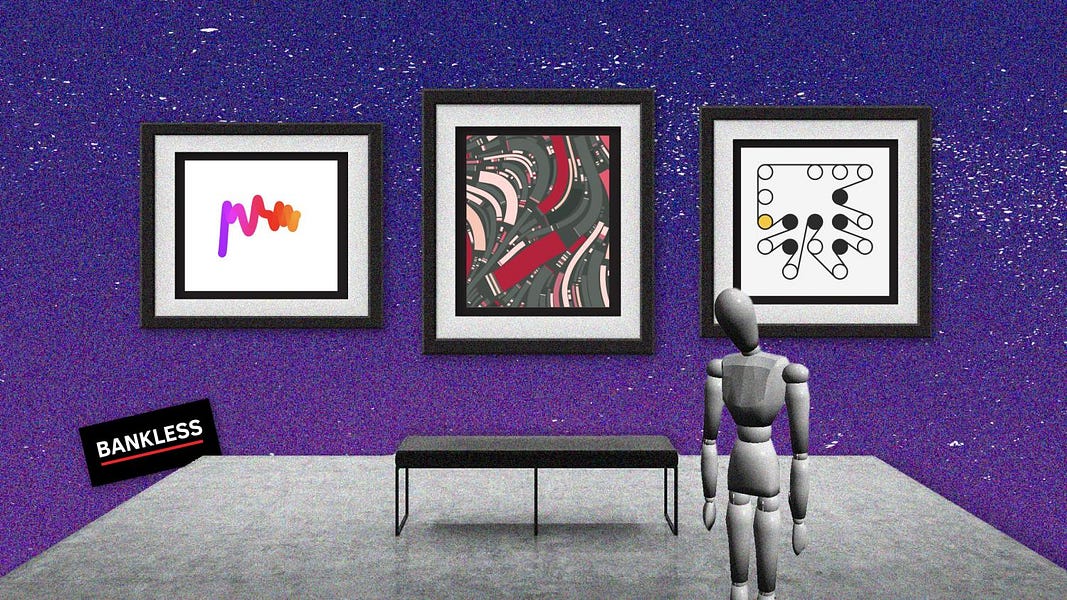
Dear Bankless Nation,
This piece of art sold for over $400K a few hours ago. 🤯

And this one?
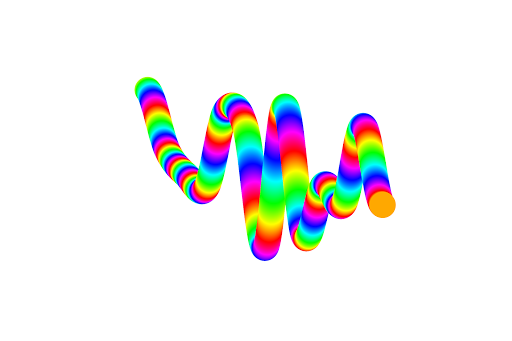
It sold last night for $275K.
These are just two recent examples of the boom in generative art, a form of computer-generated art via an algorithm.
With generative art, artists don’t directly create the work. Instead, they customize a computer algorithm that does it for them! While this has historically been a relatively niche sector in the art world, it’s now in the spotlight thanks to Ethereum and NFTs.
And people are going crazy over them (as we can see by the sales numbers).
One of the projects leading this boom is Art Blocks. It’s a platform where artists and collectors can create and purchase unique pieces of generative art.
The emergence of this sector has been nothing short of incredible. And virtually all of it has happened in less than a year.
There’s a lot to digest here. Fortunately, our resident NFT expert William knows his stuff.
Here’s how to approach the boom in generative art and how you can capitalize on the opportunity.
- Lucas
P.S. RSA’s out for a few days! I’ll be taking over while he’s gone 😬
How to approach Ethereum’s generative art boom
Ethereum’s NFT ecosystem has blossomed in 2021, and one of the space’s biggest areas of growth year-to-date has been its generative art sector.
This Bankless tactic will bring you up to speed on all things Ethereum + generative art by walking you through the history of this emerging field and its contemporary Ethereum-based advancements.
- Goal: Explore Ethereum’s generative art scene
- Skill: Easy to intermediate
- Effort: 1 hour to familiarize yourself with relevant info
- ROI: Potentially considerable if you acquire generative art pieces that become even more historic over time, as is the case with any fine art
Ethereum’s Generative Art Boom
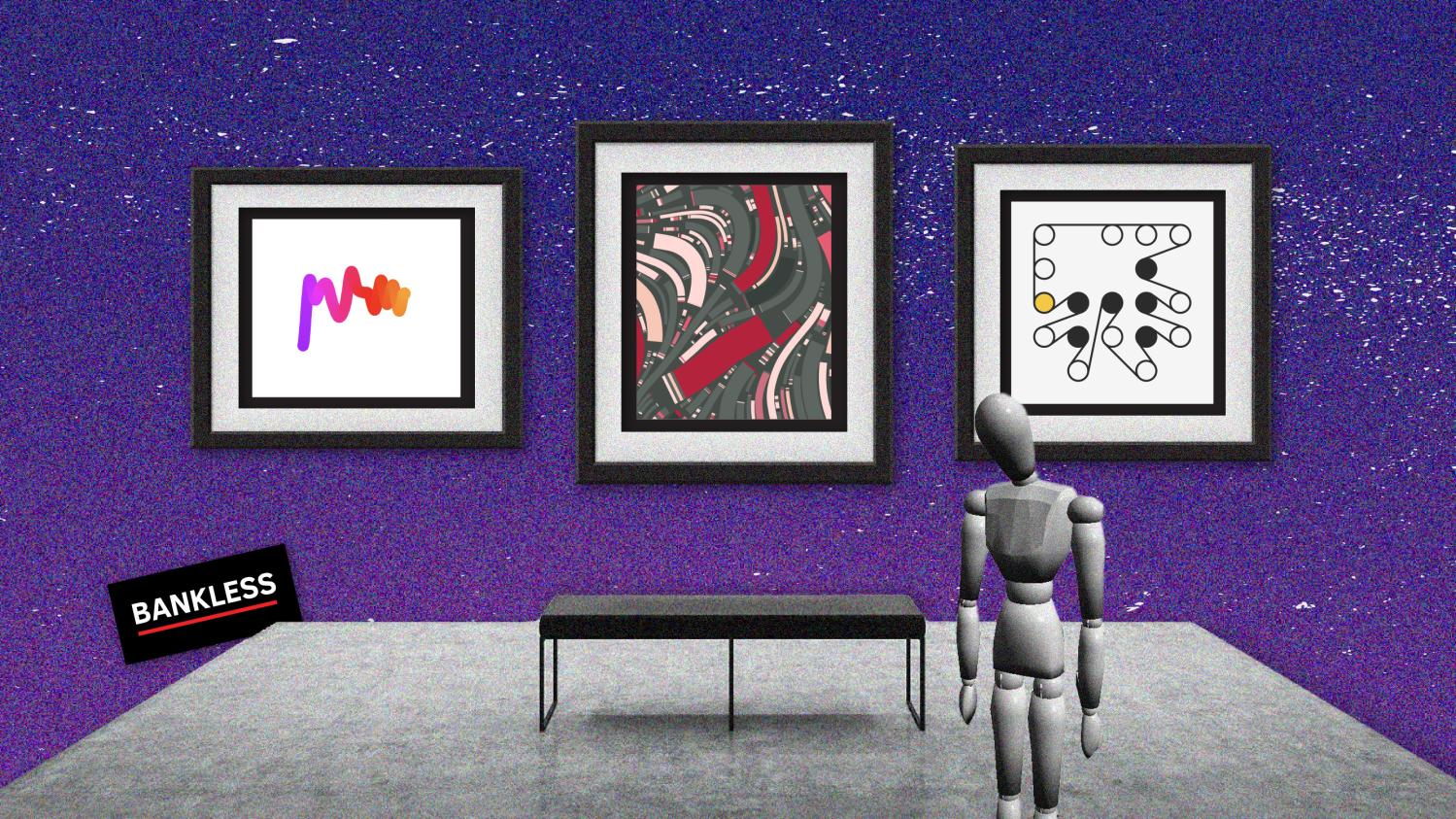
If 2020 was the first breakout year for DeFi, then 2021’s proving to be the first breakout year for NFTs.
Amid this surge of interest, a handful of categories have proven quite popular like collectibles, games, virtual worlds, and cryptoart. When it comes to that last sector, cryptoart, one niche has been king in recent months: generative art.
Generative art has roots stretching all the way back to the 1960s and straddles the threshold of art and technology, so in the past, some artists have lambasted generative creations for not being “real art” and some technologists have said the field’s “uninteresting.”
With all due respect, I think such chatter is total nonsense. Wherever creativity is being deployed in interesting ways, that’s art. And generative artists have long been deploying creativity in innovative and sublime ways. In my book, they easily fit the bill for being among the world’s most interesting creatives in recent decades.
All that said, generative artists don’t have to take the naysayers so seriously anymore.
Why?
Generative art is currently experiencing something of a “golden age” courtesy of Ethereum and NFTs, which are granting artists both unprecedented creative possibilities and unprecedented programmable distribution opportunities.
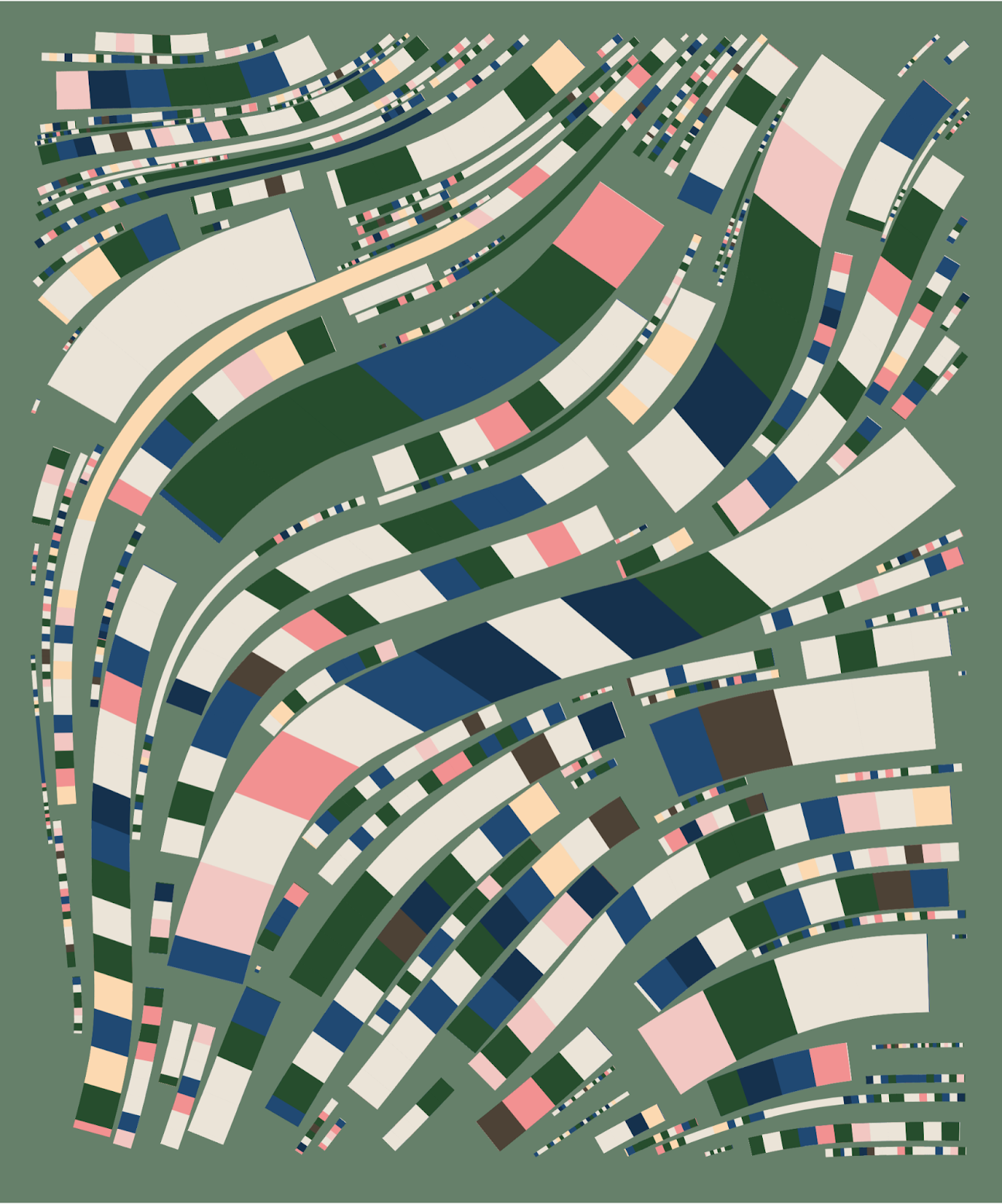
What is Generative Art?
Generative art is algorithmic art, a form of computer-generated art whose pieces come via an algorithm that an artist has customized for making unique outputs.
In the context of Ethereum and NFTs, generative art typically involves an artist uploading a custom-tailored artistic algorithm into a smart contract. When a collector calls the mint function on said contract, the underlying algorithm is pinged in a unique way leading to a unique artwork output in the form of an NFT.
Accordingly, automation and disintermediation are salient elements of Ethereum’s generative art scene. As accomplished generative artist and Ringers creator Dmitri Cherniak told Metaversal earlier this year:
“I like to say that ‘automation’ is my artistic medium and this project let me realize my artistic vision from start to finish; from sale via smart contract, to art generation using a unique transaction hash, Javascript stored on chain running in the browser, to delivery of goods using tokens sent to wallets. My ‘art’ was about making sure someone could get an interesting and unique piece of work without any human interaction.”
If you’re just beginning to wrap your head around generative art and keen on diving deeper, there are two articles written by art historian and cryptoart pioneer Jason Bailey (a.k.a. Artnome) that I personally consider must-reads whenever you get a chance. These are:
- “Why Love Generative Art?” - August 2018
- “Autoglyphs, Generative Art Born on the Blockchain” - April 2019
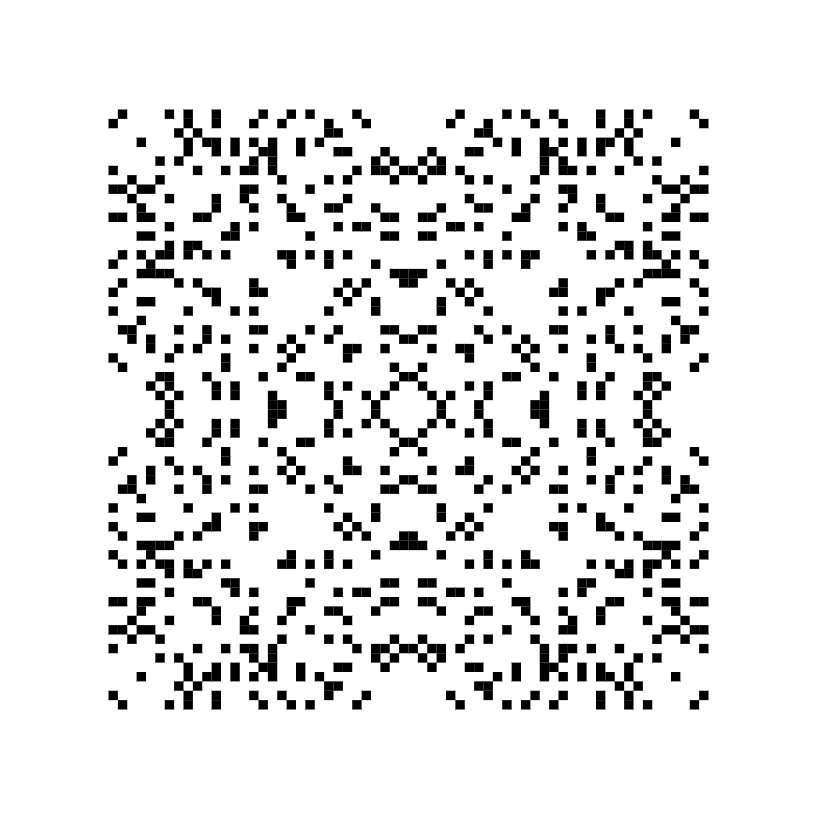
A Brief History of Generative Cryptoart
A comprehensive history of generative cryptoart is outside the scope of this tactic, but some of the main events to date that you’ll want to keep in mind are as follows:
- CryptoPunks (June 2017): The images of CryptoPunks were procedurally generated off-chain by Larva Labs and have been imbued with a certain generative mystique ever since.
- MoonCats (August 2017): The first on-chain generative NFT collectibles project where all generations and data are facilitated entirely by Ethereum.
- CryptoArte (August 2018): A generative art project that created artworks based upon Ethereum blocks.
- Autoglyphs (April 2019): Larva Lab’s inaugural on-chain cryptoart project.
- BitsForAI (January 2020): Self-described as “16bit generated NFTs for the AI art collectors of the future.”
- Chainfaces (January 2020): On-chain generative ASCII text faces created by Nate Alex.
- Avastars (April 2020): On-chain avatar collectibles whose 12 “genes” are made up of generative vector art.
- Proof of Beauty (September 2020): Similar to the aforementioned CryptoArte project, Proof of Beauty lets collectors tokenize Ethereum transactions into unique generative artworks.
- Squiggly (October 2020): 100 works created by Nate Alex composed of “randomly generated and fully on-chain squiggly lines.”
- Art Blocks (November 2020): Ethereum’s first bespoke on-chain generative art dapp, tailored to both artists and collectors.
- EthBlockArt (January 2021): In the vein of CryptoArte and Proof of Beauty, EthBlock.art lets users create unique artworks based on Ethereum blocks.

The Art Blocks Boom
The reason that I’m writing this particular tactic now is in no small part because of Art Blocks’s meteoric rise over the course of 2021. If CryptoPunks was the NFT event from 2017, then Art Blocks has similar vibes when it comes to 2021. That’s the kind of scope we’re looking at here!
Why this meteoric rise? I personally consider it a “perfect storm” scenario.
Art Blocks is being headed up by some of the NFT space’s most talented minds, like Snowfro and Jeff Davis. And the platform’s brought in more than a few of the most iconic generative artists of our era, including Dmitri Cherniak and Tyler Hobbs. And a passionate community has bloomed quickly around the project.
This trifecta is leading to all the magic we’re seeing lately!
More granularly, Art Blocks currently has three distinct arms:
- Art Blocks Curated: These are generative art series hand-picked by the Art Blocks team, so in this sense many consider these drops to be the crème de la crème of the Art Blocks universe.
- Art Blocks Playground: Any artist who’s previously done an Art Blocks Curated drop gets access to the Playground, a sandbox system that lets these artists release drops without having to go through the “Curated” process again.
- Art Blocks Factory: There’s a bottleneck effect happening in which so many artists are applying for Curated drops that the Art Blocks team can’t accommodate everyone quickly! To address this overflow the Factory was launched, as it provides artist with more freedom surrounding the parameters to release “unofficial” Art Blocks projects.
How to mint on Art Blocks
To mint generative art on Art Blocks all you’ll need is some ETH and a browser wallet like MetaMask.
But that’s putting it simply. A better answer is that Curated, Playground, and Factory drops all occur on their own schedules, so you’ll have to track the community’s comms to stay abreast of everything happening.
Then there’s the matter of gas wars where so many people are trying to mint during Art Blocks drops that ETH gas prices get acutely bid up to astronomical proportions. I don’t think anyone’s a fan of these “wars,” but on the other hand, they show that Art Blocks has found a serious product-market fit!
The good news is that Art Blocks has recently been experimenting with new drop styles (e.g. Dutch Auctions where mint prices steadily decrease over time) to help head off major gas events, and the trials have been working well so far.
Ultimately, if you’re set on minting on Art Blocks make sure 1) you’re prepared timing-wise (mark your calendar!), and 2) you have some disposable ETH to mint with.
To that last point, never invest into NFTs with ETH you can’t afford to lose; that’s a one-way ticket to getting yourself in dire straits. Also, if you missed an Art Blocks drop but still want in you can always surf for deals on NFT secondary marketplaces like OpenSea.
Check out these resources
- Art Blocks cumulative sales Dune Analytics dashboard by @rantum ✅
- DeGenData Art Blocks Curated and Playground analytics ✅
- Early Art Blocks trait rarity analytics by rarity.studio ✅
- Art Blocks Community Wiki ✅
- Art Blocks Learn guide ✅
- Explore fractionalized Art Blocks pieces/collections on Fractional ✅
Looking Ahead
Dapps like Art Blocks are ushering in a sort of generative art “golden age” on Ethereum. But even Art Blocks can be so much more than just a generative art platform. For example, regarding video games, Art Blocks founder Snowfro recently commented:
“We are talking to multiple video game companies [...] I’m pitching this concept [...] My license to play a game can be going to Art Blocks and buying a planet. Then I go to the website that the game is on and by connecting to MetaMask, I have a license to play the game because I have the planet. Next, I’m going to colonize that planet and somebody is going to see that I’ve colonized that planet on OpenSea.
And they’re going to make a bid on my planet because they don’t have time to colonize the planet that I just spent 30 hours colonizing over the last few months. I’m going to say, man, that’s a pretty good bid. That’s a lot more than I paid for it plus I really enjoyed playing the game. So I’m getting paid to do something fun and then sell the planet.”
In the meantime, you’ll have to be patient and remember that Art Blocks hasn’t even had its first birthday yet. It’s still early.
What this project and the wider Ethereum generative art scene have achieved in recent months is nothing short of incredible, and we’re all only beginning to scratch the surface of what’s possible. To me, the future of art has never been more exciting, and I’m not the only one that feels that way right now!
Action steps
- 🎧 Listen to “Art Blocks - Generative NFT Art with Erick Snowfro” by Modern Finance
- 📰 Read “The Rise of Long-Form Generative Art” by Tyler Hobbs
- 📰 Read “Talking Ringers with Dmitri Cherniak” in Metaversal